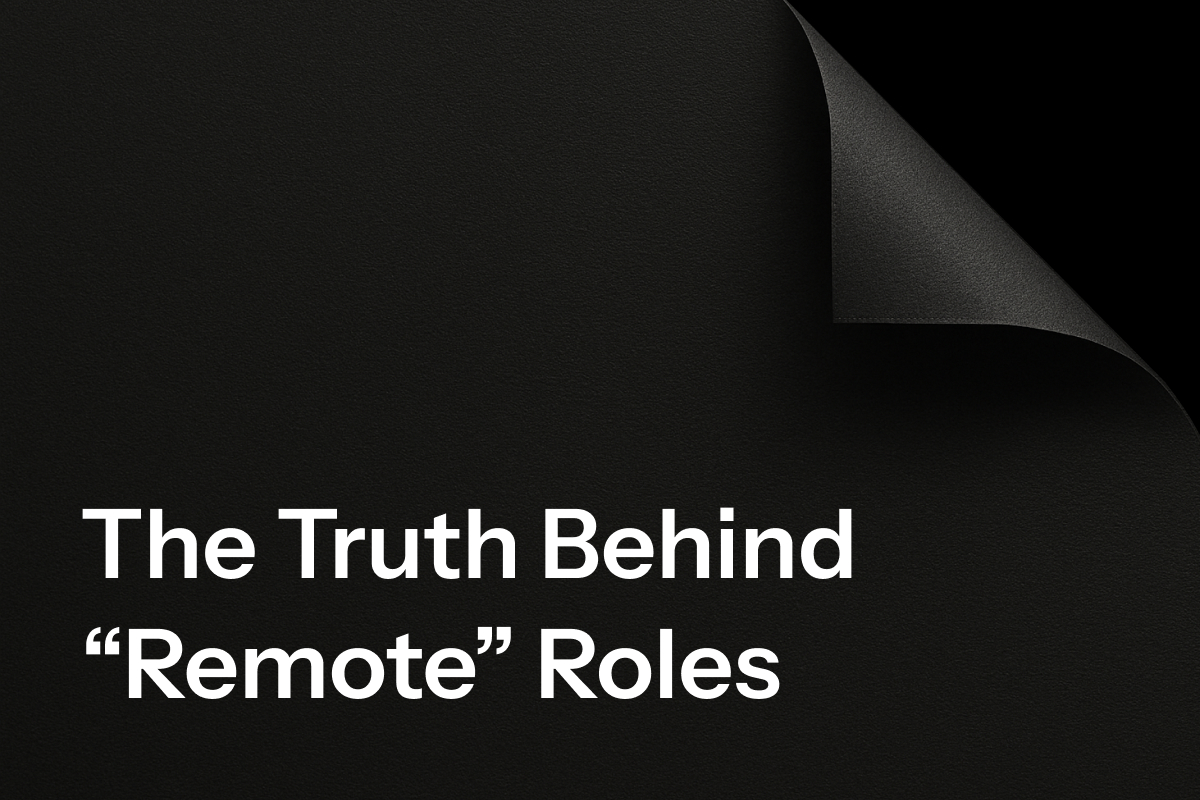Businesses often pride themselves on versatility, showcasing a wide range of services to demonstrate capability. But when too many offerings are presented all at once, it can backfire. Instead of appearing experienced and resourceful, the company may come across as unfocused – or worse, desperate.
Why an Overloaded Service List Can Hurt Business Perception
Imagine two mechanics. One specializes only in engine repairs. The other offers engine repairs, car washing, polishing, detailing, and interior redesign. Subconsciously, most people trust the first mechanic more for serious engine issues, simply because the focus feels narrower, and thus more expert.
This perception, although not always accurate, is widespread. It stems from a psychological bias: people equate specialization with competence. When a company promotes too many services simultaneously, potential clients begin to question the depth of expertise in any single area.
The Problem Isn’t Variety – It’s Presentation
Offering multiple services isn’t inherently negative. Many companies operate successfully across various domains. The issue arises when all those services are showcased at once, especially in a single social post, sales pitch, or introductory conversation.
When audiences are hit with four or five services they don’t need, they instinctively tune out, even if one of those services could have been a perfect fit. It becomes a mental equation: “I need one thing, but they’re pushing five I don’t. Too much, next.”
How to Present Multiple Services Without Overwhelming
- Lead with Relevance: Choose one service to highlight, preferably the one most relevant to the audience or context. Anchor communication in a real-world problem that service solves.
- Create a Discovery Experience: Let prospects discover additional services naturally, through a website, a conversation, or ongoing content. This builds intrigue and positions the business as humble and insightful, rather than overbearing.
- Tailor Messaging by Channel: Social media posts, cold outreach, and in-person meetings should each have distinct focal points. Avoid listing every service in every interaction. Instead, adapt messaging based on audience needs and context.
- Structure Content Strategically: Digital appearance matters. Group services under clear categories or build progressive messaging strategies that unfold over time. This helps clients absorb information gradually rather than all at once.
The Psychology of Discovery
Clients appreciate the feeling of uncovering new capabilities in a business. If a client starts by exploring one service and later learns the company offers more, especially in a natural, conversational way, it builds admiration. Instead of thinking, “they’re doing too much,” the client thinks, “wow, there’s even more value here than I realized.”
Final Thoughts
Clients are more likely to engage when services are introduced strategically, rather than in bulk. Leading with clarity and focus doesn’t just look better, builds trust. By pacing communication, tailoring presentation, and allowing room for discovery, businesses can present a broad range of services without compromising perceived expertise or credibility.




